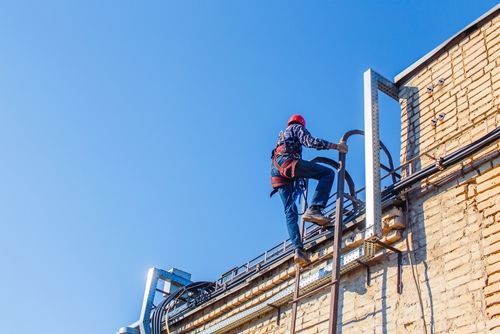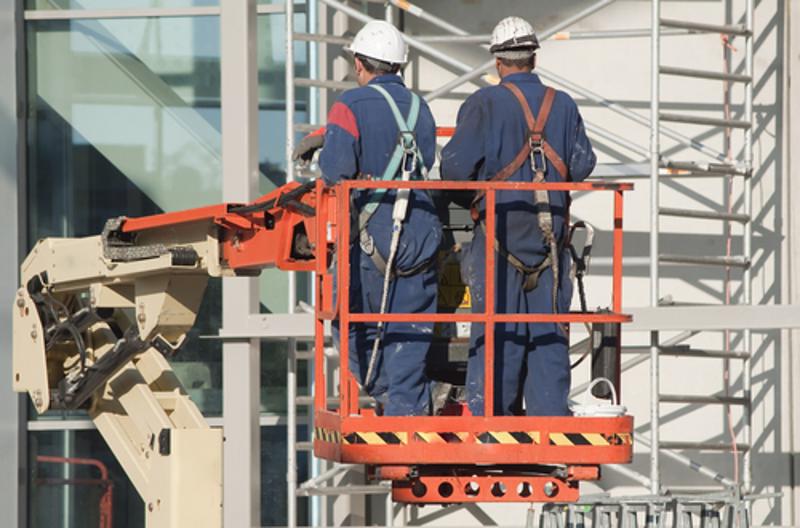
Having adequate fall protection systems in place is essential to full compliance for many industrial employers – like those in construction. Therefore, it is of particular interest for these businesses to become fully knowledgeable on the new rule put forth by the U.S. Occupational Health and Safety Administration that updates standards for walking-working surfaces and creates new requirements for what fall protection systems companies and workers need.
Understanding the new rule
“OSHA expects the rule will affect 112 million workers and prevent some 30 fatalities and 5,850 injuries a year.”
In November 2016, OSHA announced that it had introduced a final rule that adjusted its general walking-working surfaces standards in a way that specifically addresses slip, trip and fall hazards. However, the major impact of the rule refresh is that it establishes new requirements under the personal protective equipment standards that deal with what fall protection systems employers can use.
Broadly, OSHA has revised the rule to allow for employers to select the fall protection system that is more appropriate for their needs. Specifically, personal fall protection systems (in use in construction since 1994) requirements have been adopted for general industry use, expanding the available equipment options that employers can choose from.
“The final rule will increase workplace protection from those hazards, especially fall hazards, which are a leading cause of worker deaths and injuries,” Assistant Secretary of Labor for Occupational Safety and Health Dr. David Michaels said. “OSHA believes advances in technology and greater flexibility will reduce worker deaths and injuries from falls.”
In all, OSHA expects the rule (which went into effect Jan. 17 of this year) will affect 112 million workers, while preventing some 30 fatalities and 5,850 injuries related to falls a year.
 New OSHA regulations will affect how employers buy fall protection systems.
New OSHA regulations will affect how employers buy fall protection systems.How employers should approach PPE/fall protection system buying
The main takeaway for employers is that they have greater flexibility in choosing the right OSHA-approved fall protection equipment for them and their employees. This means companies not in construction may be using personal fall protection systems for the first time.
In this case, it’s highly important to become familiar with the various consensus industry standards for fall prevention. Among them, the ANSI/ASSE Z359 – which has been recently updated in 2016 – is a prevailing fall protection code that employers affected by the new rule should become acquainted with. Topics it addresses include the definitions of passive and active fall systems; differences between positioning, fall and arrest; as well as applications for emergency and rescue.
The OSHA rule update also included some other items of regulation that will affect which fall protection systems employers research and buy. For example:
- Employers will now be able to use rope descent systems up to 300 feet above a lower level.
- Body belts are prohibited in personal fall arrest systems; and
- Worker training and personal fall protection systems will be required.
Industrial businesses will have a lot more research on their hands as more fall protection systems become available and approved for use in their specific applications. Especially for employers newly integrated into the fall protection standard for general use will the challenge of securing the right fall protection system be felt. Working with an experienced and knowledgeable vendor in the safety and PPE space for years, one like Total Safety, can help businesses get the best equipment for their needs that satisfies compliance.








